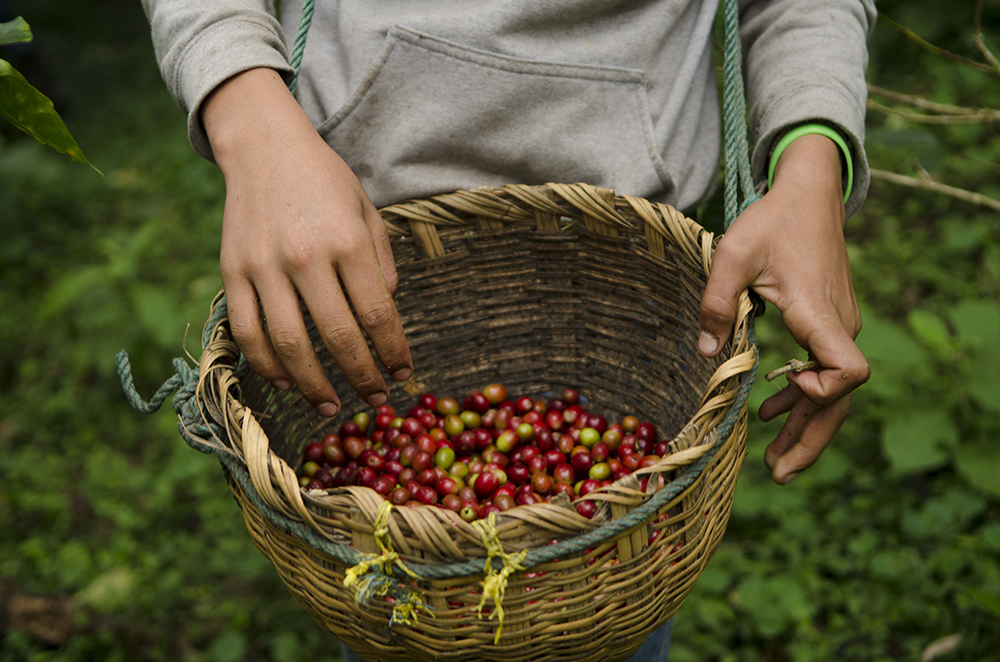

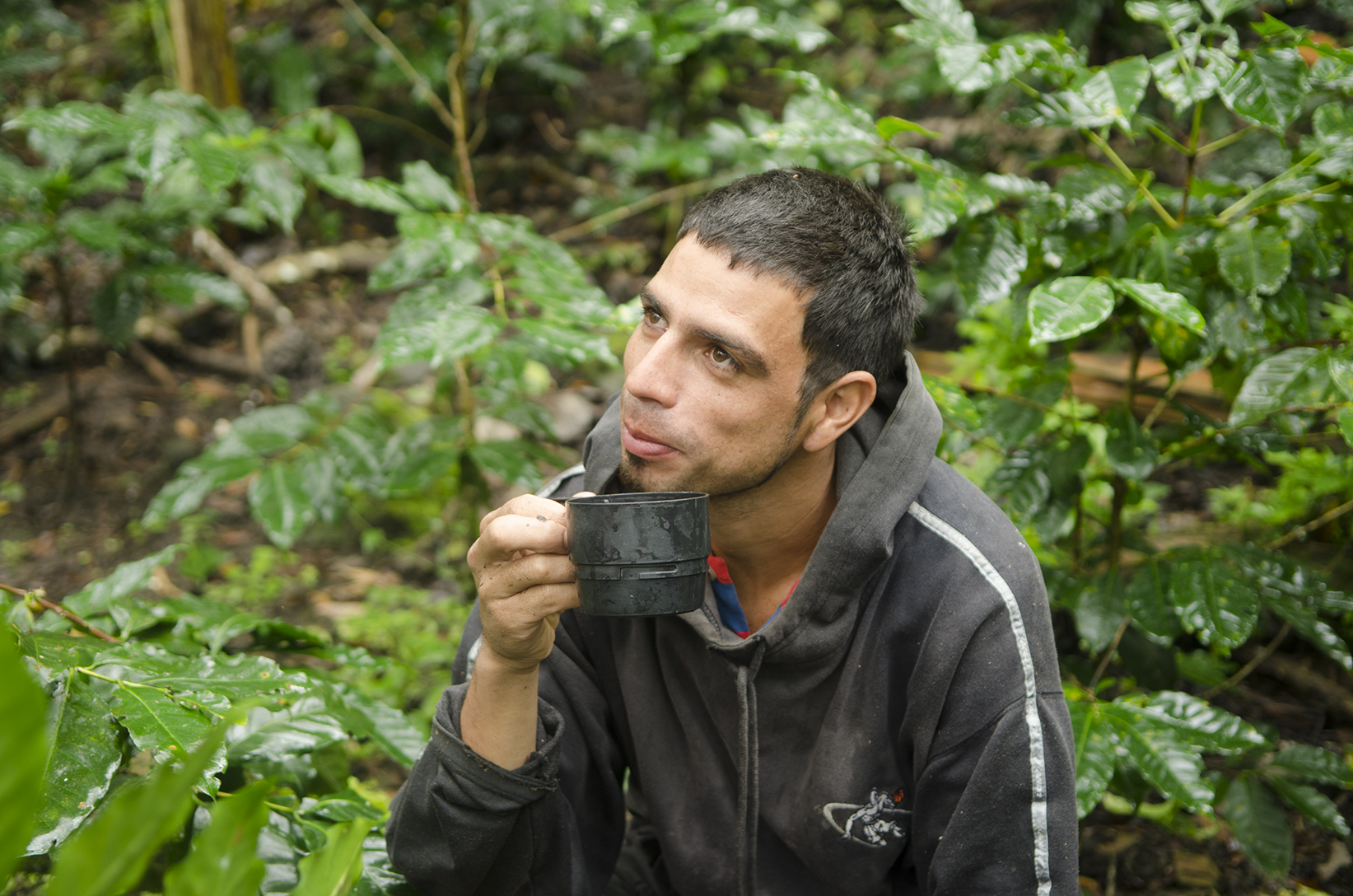
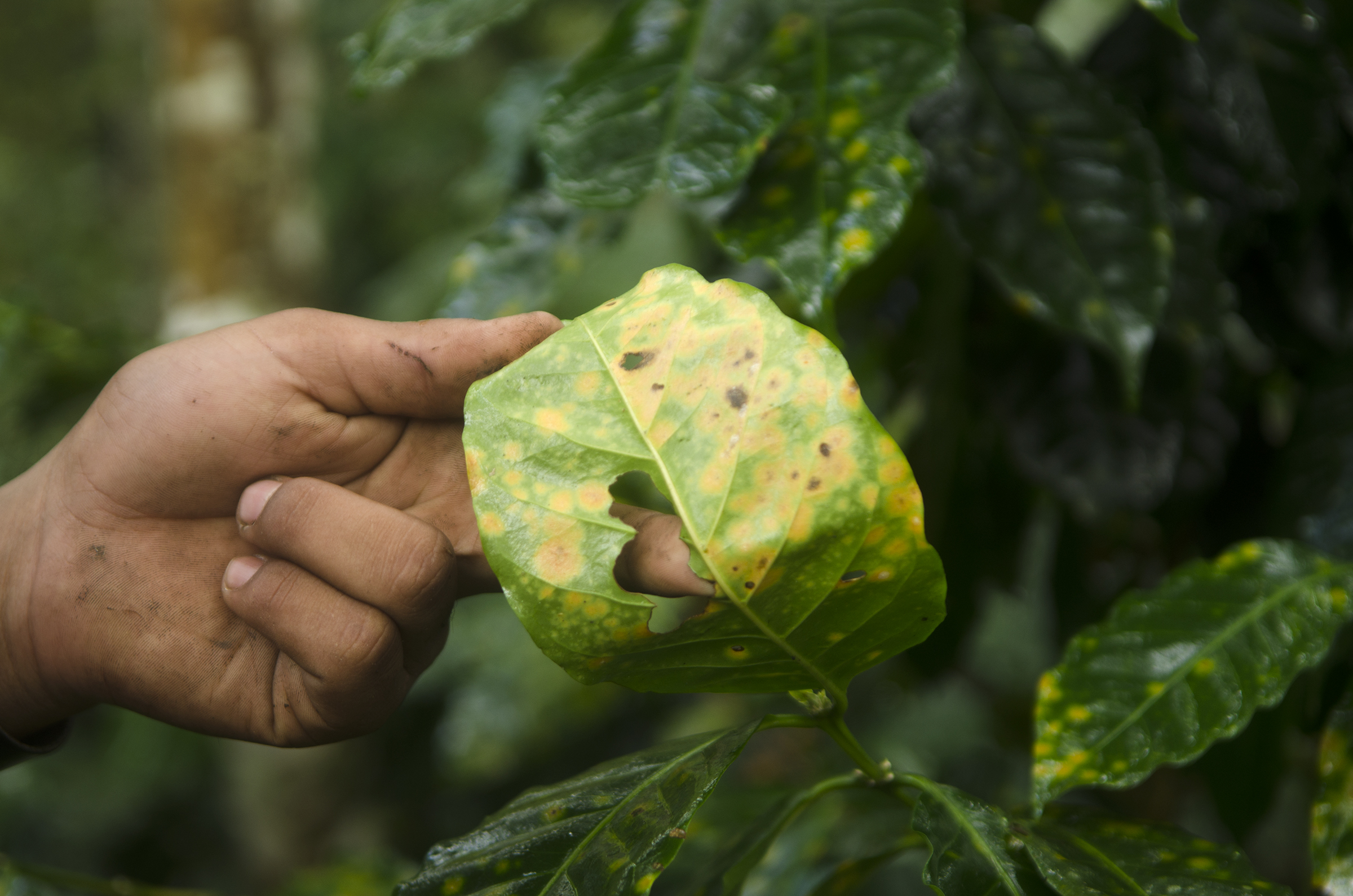
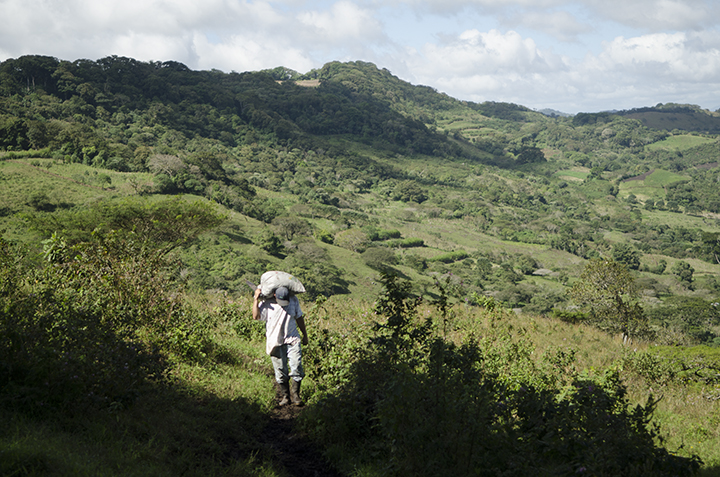
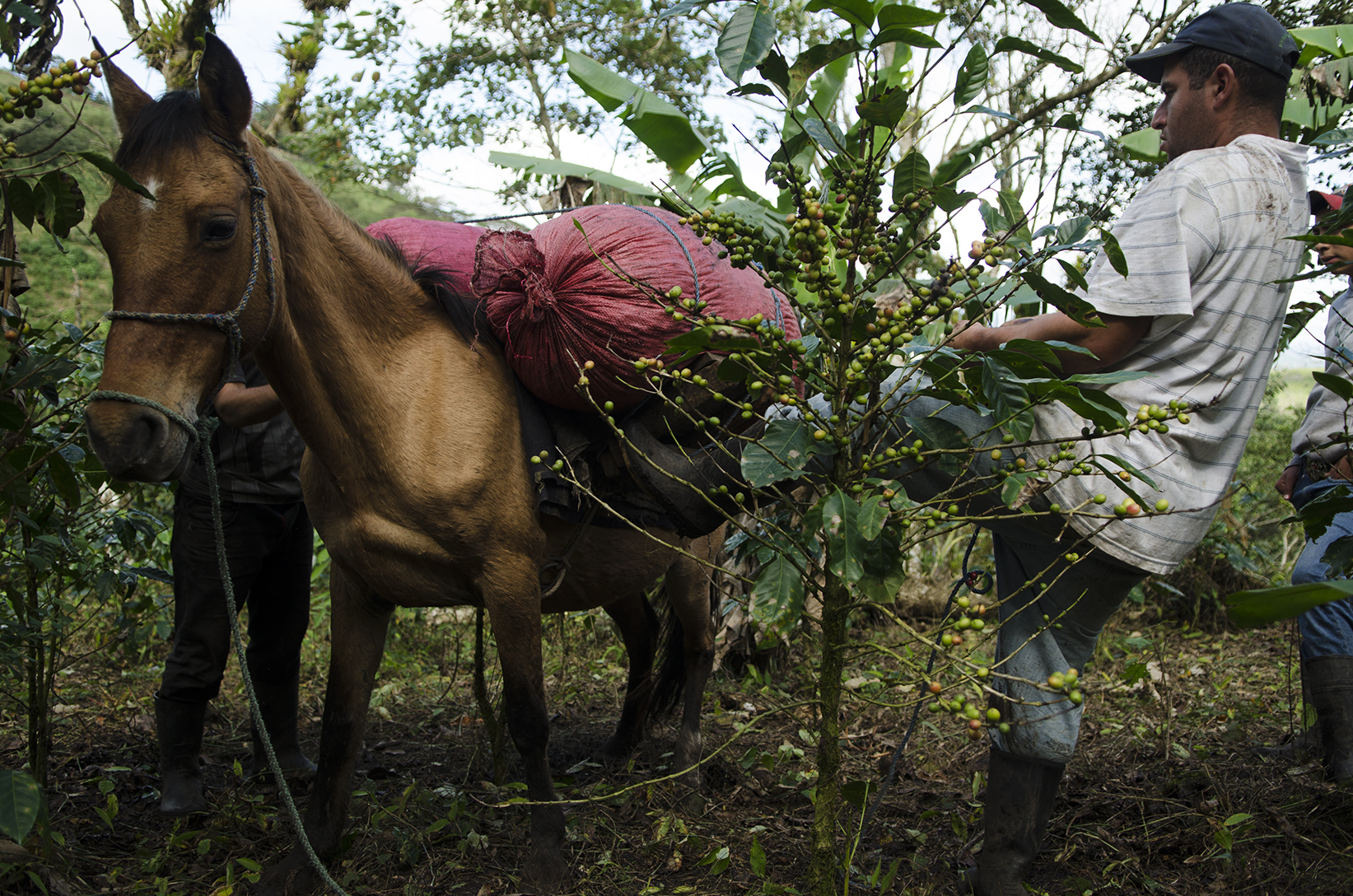
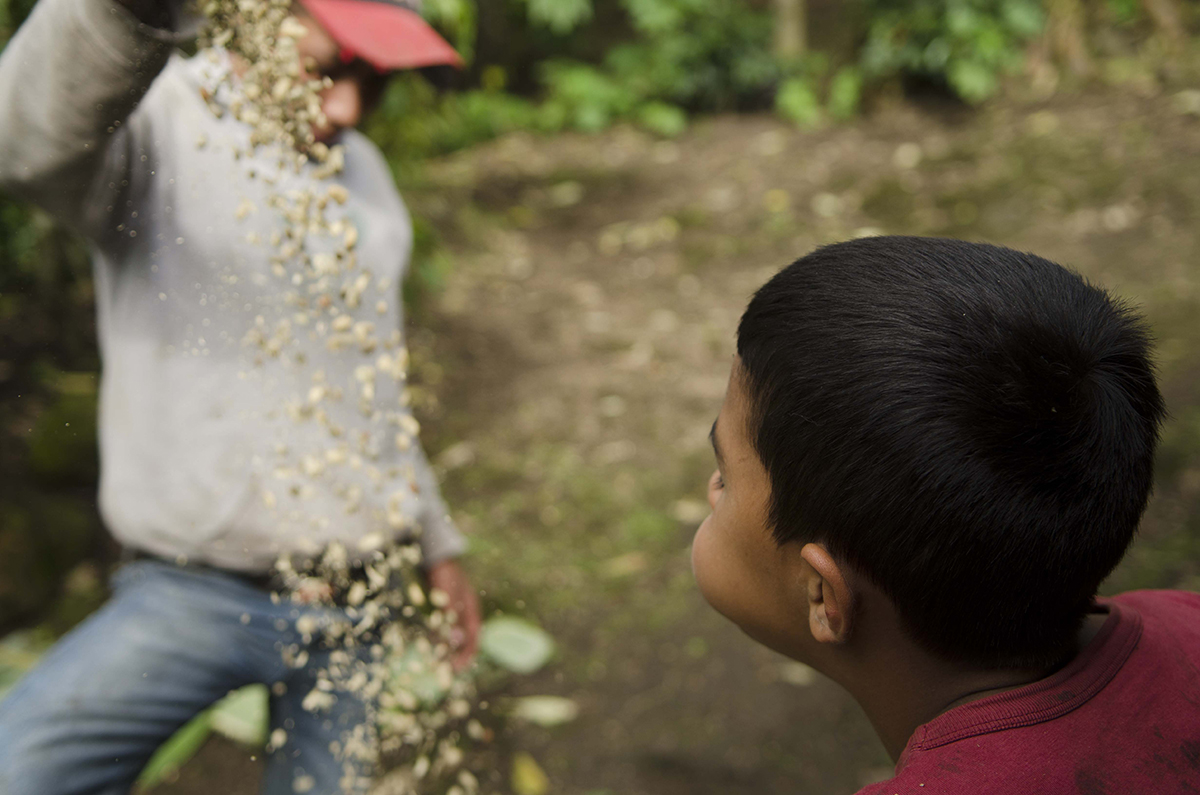
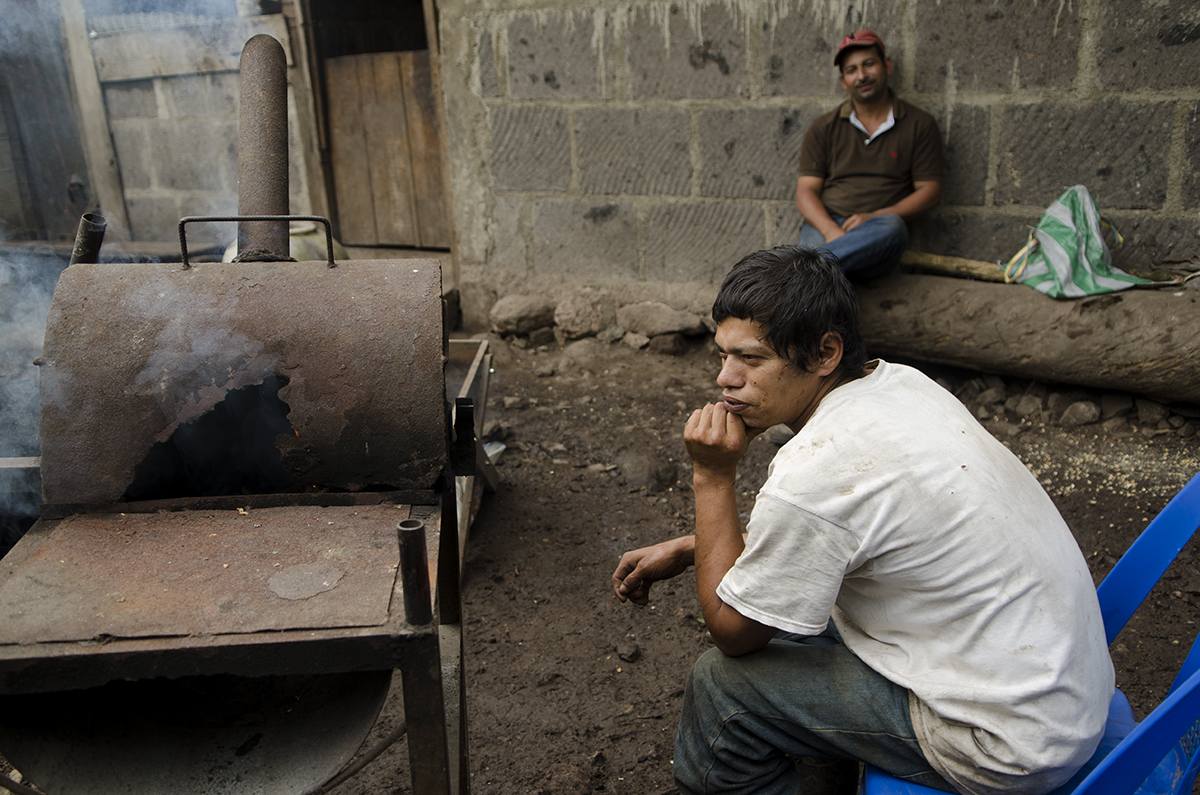

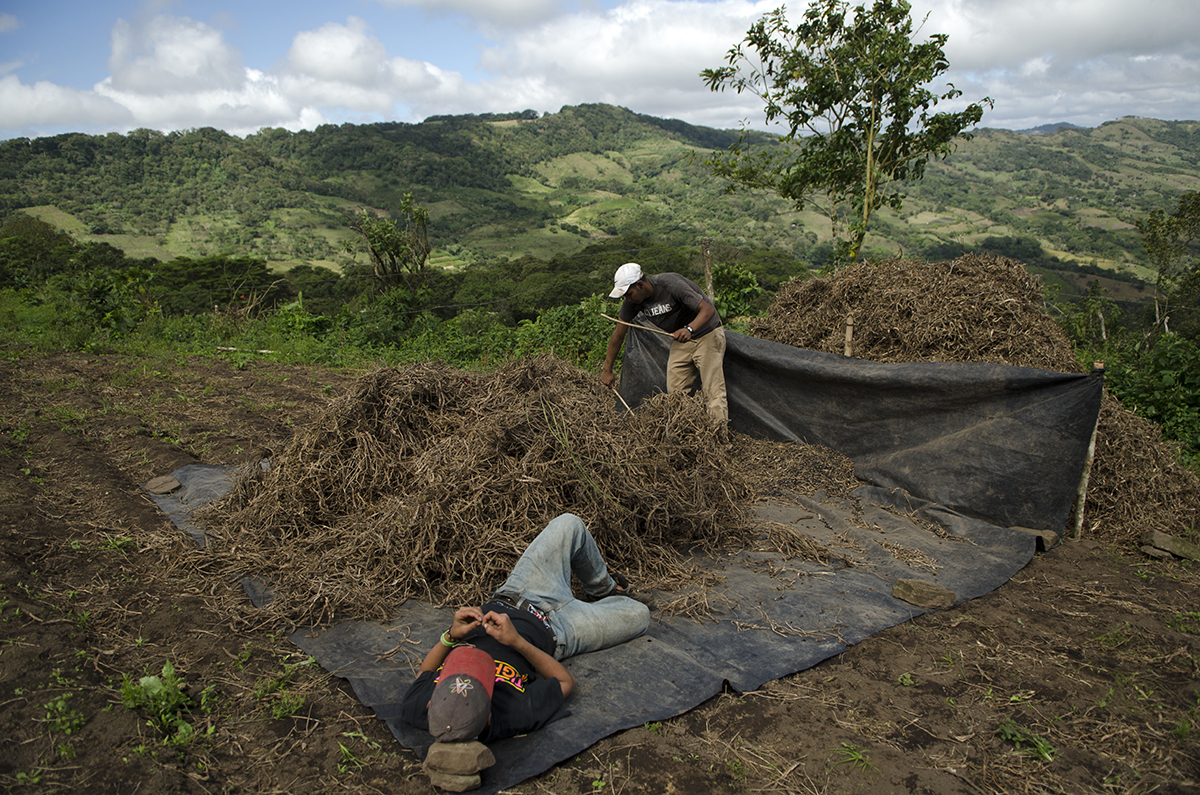
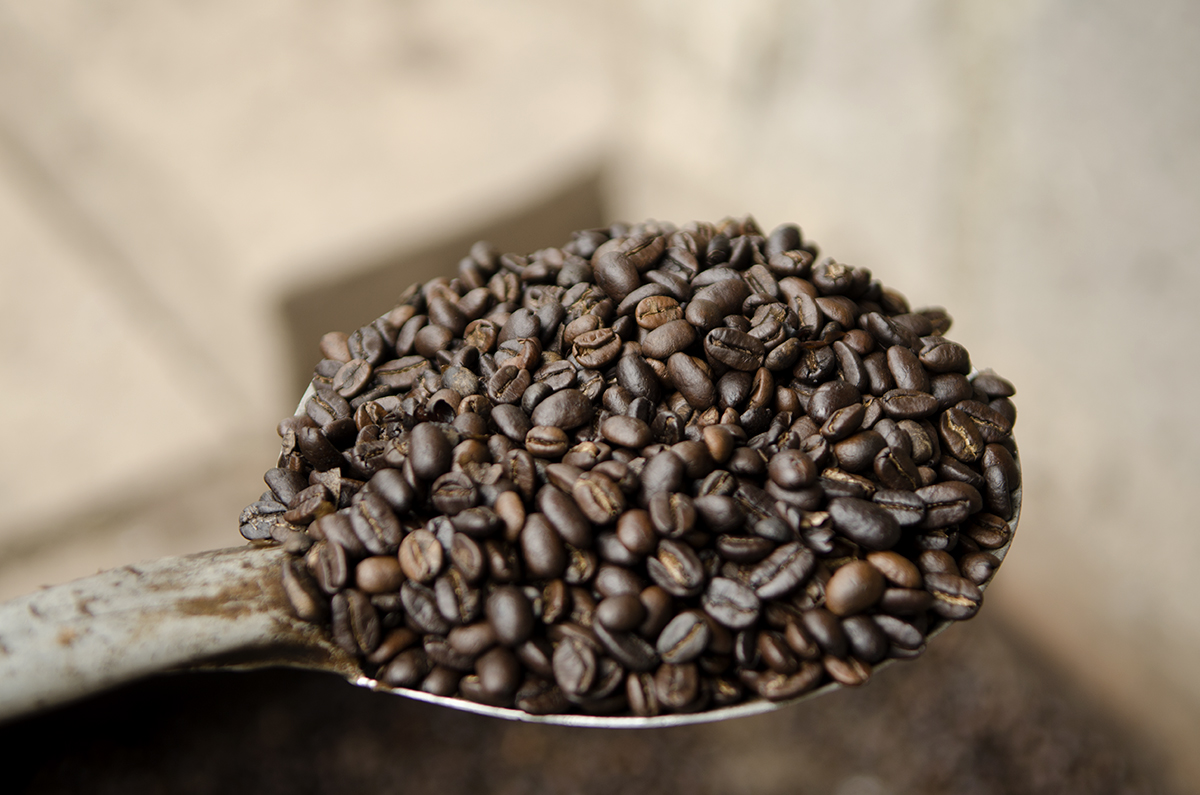
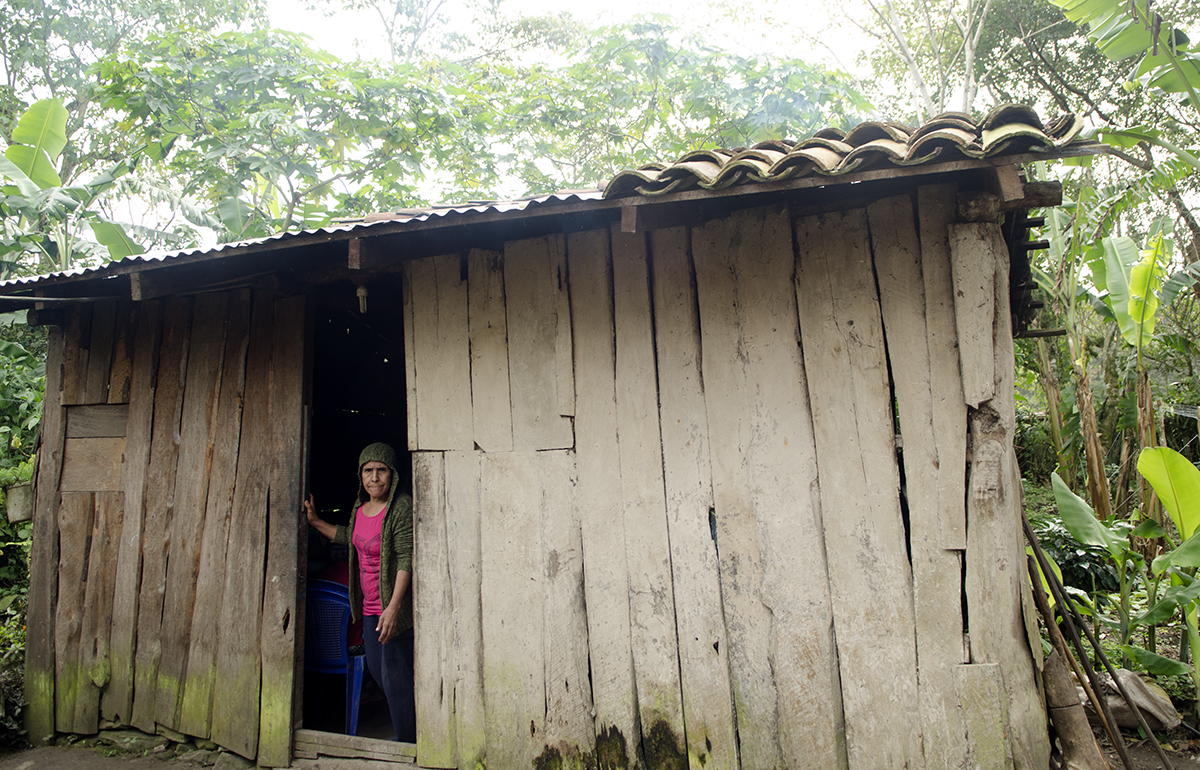
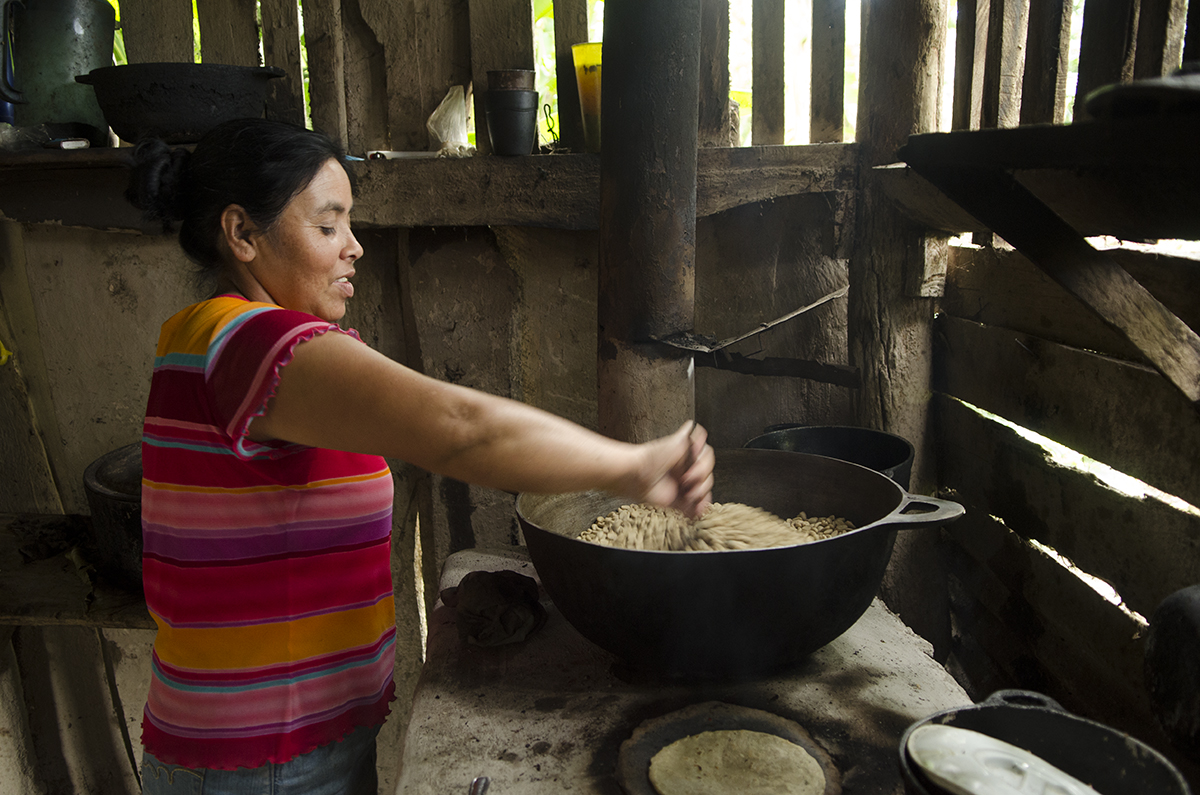
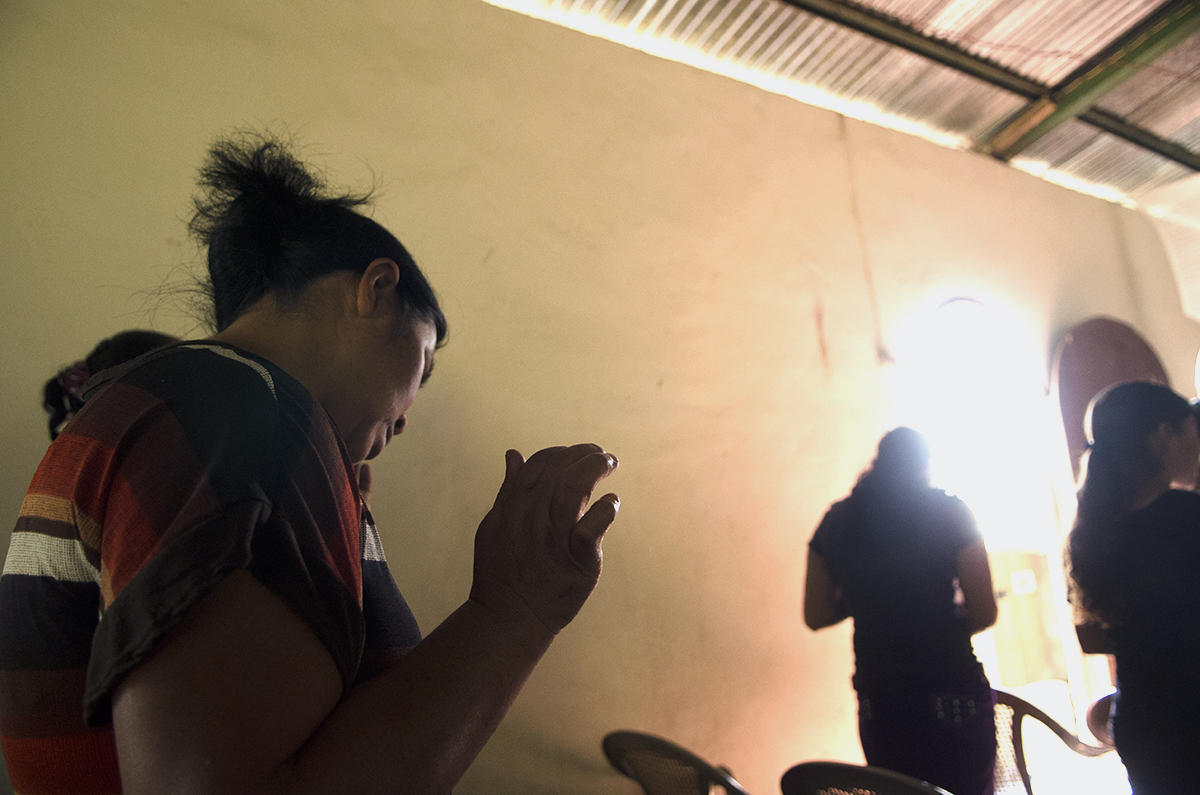
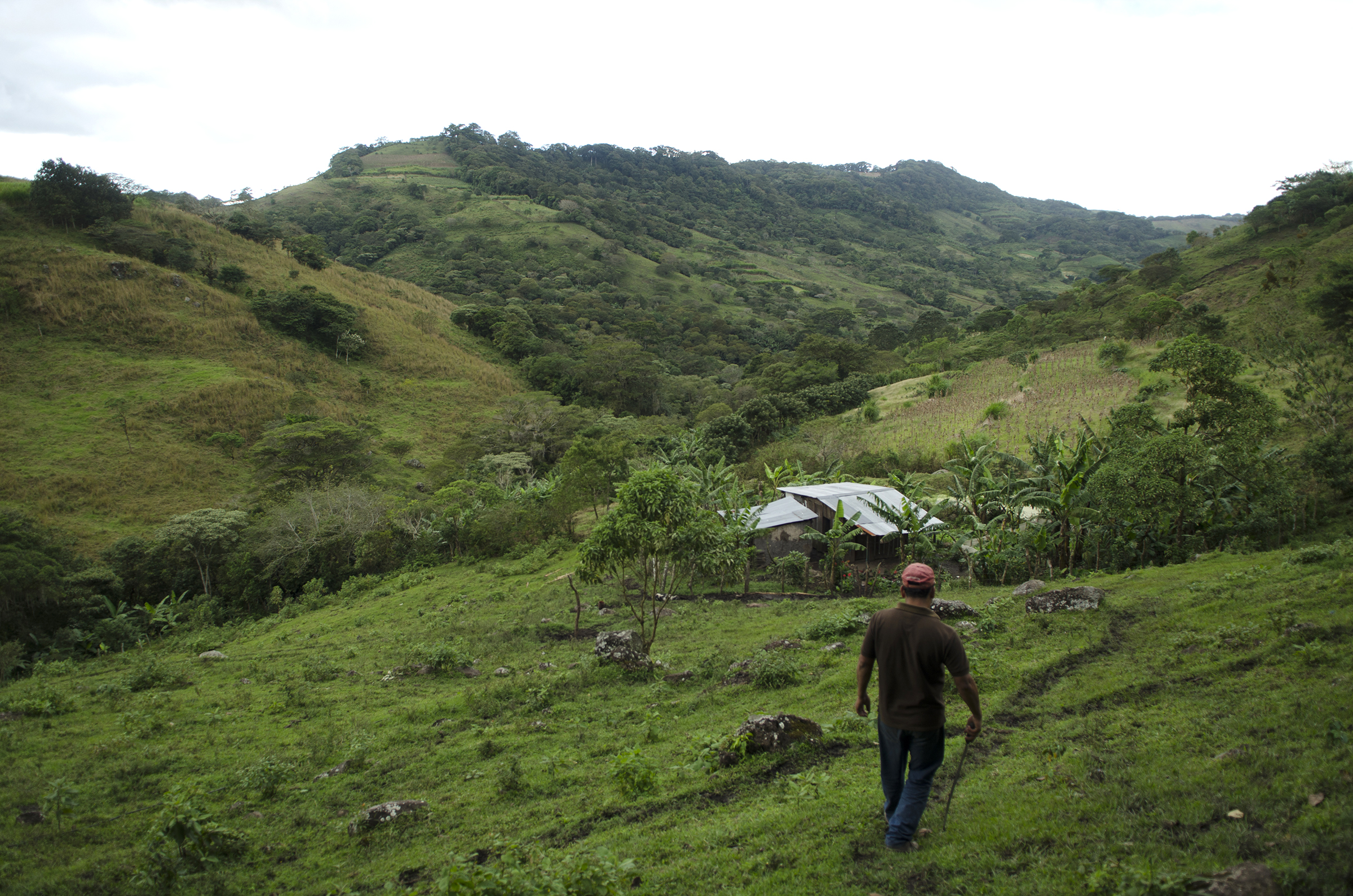
Your Custom Text Here
Since late 2012, an epidemic of coffee rust, a plant fungus has ravaged Central America's coffee crop. While many news articles focus on how this problem will affect the first world’s caffeine addiction, it is the vulnerable growers who are truly at risk. I traveled twice to El Sontule, a small, rural, coffee growing community in the mountains of northern Nicaragua and spent time with the Pérez Villarreynas, a family who grow organic, shade coffee, to understand what it's like to grow coffee in Nicaragua and how the rust is affecting them.
Since late 2012, an epidemic of coffee rust, a plant fungus has ravaged Central America's coffee crop. While many news articles focus on how this problem will affect the first world’s caffeine addiction, it is the vulnerable growers who are truly at risk. I traveled twice to El Sontule, a small, rural, coffee growing community in the mountains of northern Nicaragua and spent time with the Pérez Villarreynas, a family who grow organic, shade coffee, to understand what it's like to grow coffee in Nicaragua and how the rust is affecting them.
Since late 2012, an epidemic of a fungus known as coffee rust, or la royal n Spanish, has ravaged Central America's coffee crop. In 2013 and 2014, I traveled to El Sontule, a small, rural, coffee growing community in the mountains of northern Nicaragua. There I spent time with the Pérez Villarreynas, a family who grows organic, shade coffee, to understand what it's like to grow coffee in Nicaragua and how the rust is affecting them.
Clips:
Modern Farmer
Fresh Cup
Marlon Villarreyna and his son, Marlon Jr., carry freshly picked coffee beans to be depulped and washed. Villarreyna’s haul was much smaller than normal during the harvest of 2014 due to the coffee rust epidemic.
A coffee grower takes a break to drink some of his own product during the harvest.
A coffee leaf badly affected by the rust. The rust fungus slowly suffocates the leaves, causing them to drop, and eventually leading the plant to die.
A coffee grower carries his harvest to the washing and depulping station.
Another coffee grower loads his bags of freshly picked coffee onto a horse.
eyson Pérez pours out washed and dried coffee beans to separate them from their parchment. Freyder Gámez, his half brother, blows on them to help the parchment fly away.
Marvin Pérez waits for his coffee beans to be roasted at the local roaster's.
A coffee plant with cherries that are starting to ripen.
Due to the insecurity associated with growing coffee due to the rust and climate change, farmers are starting to diversify. Here, Wilder Pérez Villarreyna and his cousin Jeyson harvest black beans that Wilder will sell for additional income.
Freshly roasted beans taken out from the local roaster's.
In El Sontule, Nicaragua, Modesta Flores, sixty, takes a quick break from cooking in her daughter’s kitchen.
Mefalia Villarreyna shows off another way to roast beans at home without a roaster.
Mefalia Villarreyna worships at the local evangelical church.